Elizabeth Gonzalez Brock
Chair
Appointed by the City of Houston Mayor
Confirmed by Houston City Council
Elizabeth has recently been promoted to Vice President, Utility Infrastructure Planning for CenterPoint Energy, where she will support the company’s capital planning needs. She most recently led the company’s business and economic development, energy efficiency programs, and federal utility energy services contracts to support CenterPoint’s electric and gas utility.
She also led regional teams across six states, dedicated to implementing and ensuring regulatory compliance of state programs focused on energy efficiency. Her primary objective in this recent role was to support customers' energy conservation needs and service offerings, enabling them to successfully achieve their Environmental, Social, and Governance (ESG) goals.
Elizabeth is devoted to aligning customers' needs and aspirations with CenterPoint’s strategic goals through effective business development, major account management, and key corporate, government, and community relationships. She is deeply committed to providing valuable support throughout the regulatory process by enhancing communications with public sector entities and commercial and industrial customers. She has played pivotal roles in spearheading the company's electric transportation and resiliency initiatives.
Prior to her most recent experience, Elizabeth served as the Director of Regulatory and Government Affairs, where she demonstrated exceptional skills in strategy development, negotiation for positive regulatory outcomes, and building effective relationships with key stakeholders. She successfully managed relationships with the City of Houston and over 100 municipalities, collaborating closely with senior leadership to develop strategic solutions for high-priority initiatives such as rate filings, utility code updates, and customer program implementation.
Elizabeth's extensive background also includes serving as a Governmental Affairs strategist for Reliant Energy, Texas Southern University, and the University of Houston. In these roles, she worked closely with leadership to develop and promote impactful public policies, skillfully managing contract lobby teams, facilitating Political Action Committee activities, and organizing grassroots campaigns.
Outside of her professional endeavors, Elizabeth is a passionate advocate for environmental improvement. She founded Evolve Houston, a local nonprofit organization dedicated to enhancing air quality through the promotion and adoption of electric vehicles. She serves on the board of directors of Houston First Corporation and held the position of Board Chair for the Greater Houston Area Women's Chamber.
Elizabeth holds a bachelor’s degree in political science from the University of Houston. With her extensive experience, strategic acumen, and unwavering commitment to excellence, she continues to make significant contributions to the energy sector and her community.
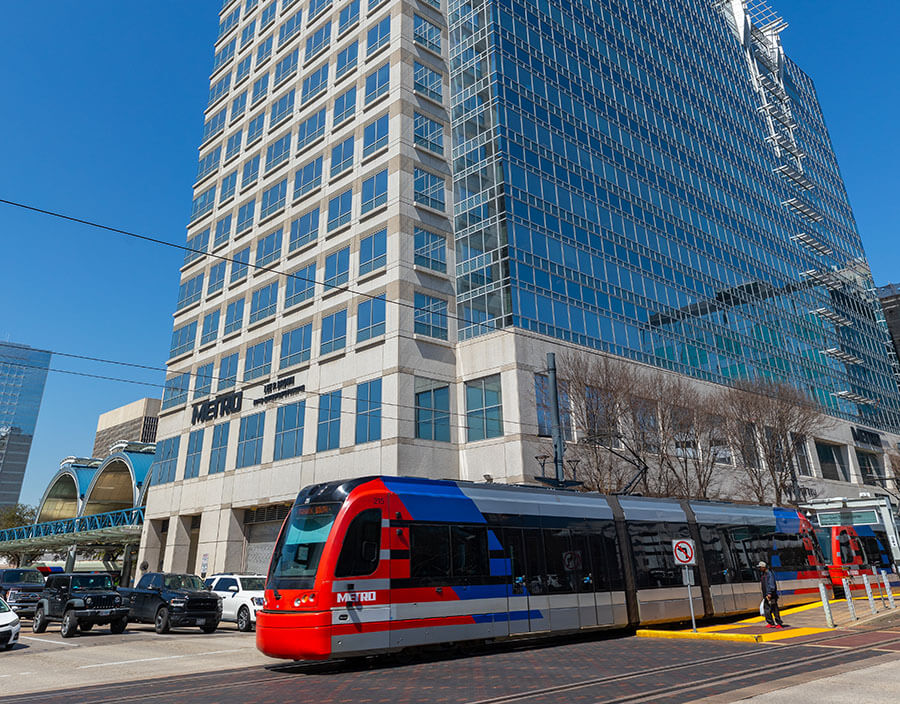

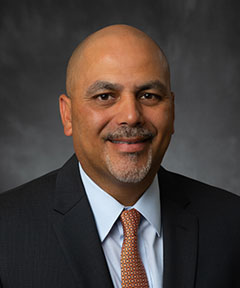









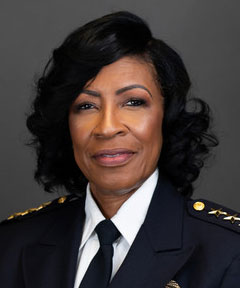




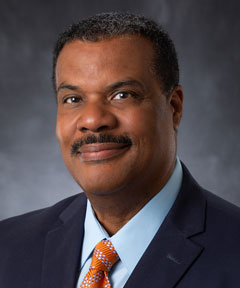


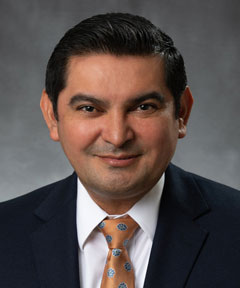
-j-reddy.jpg?sfvrsn=436a3f2e_16)

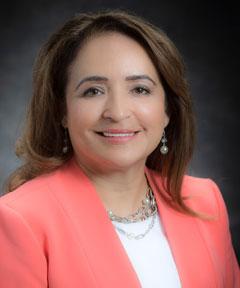






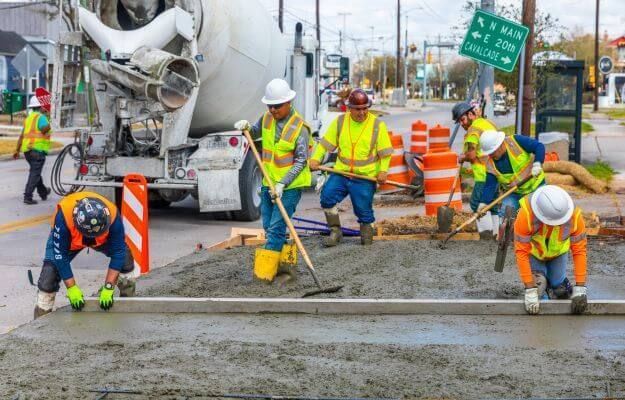

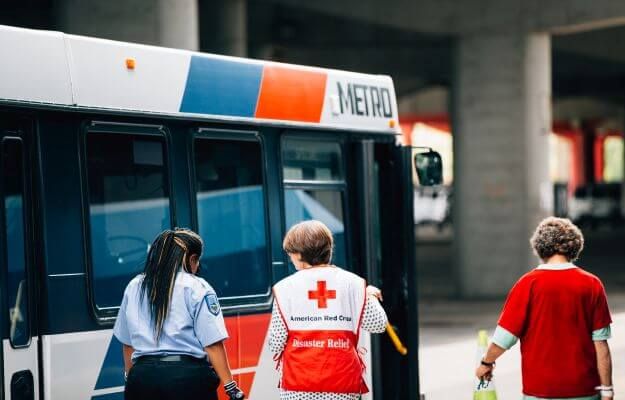


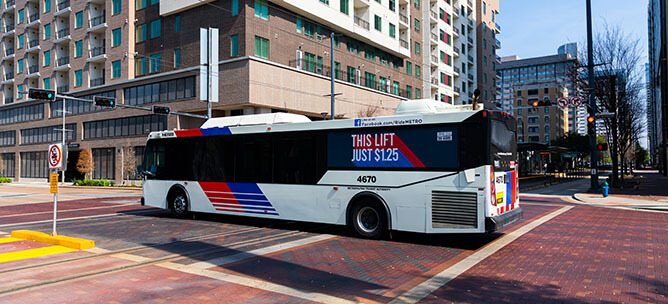

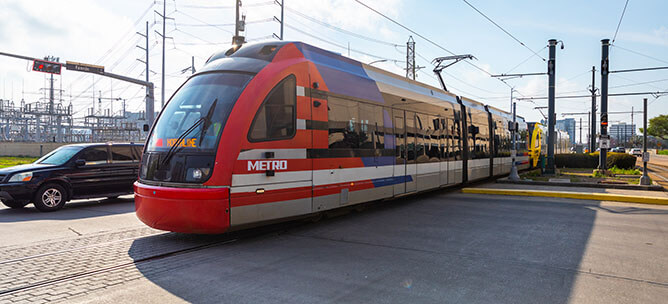

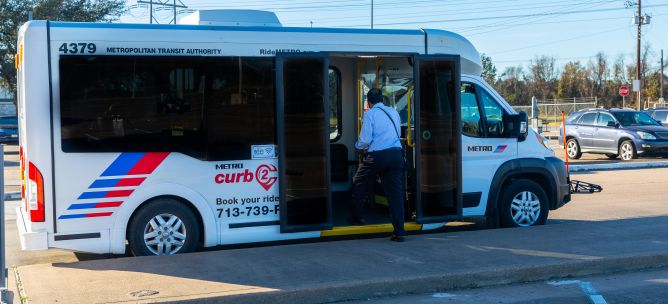
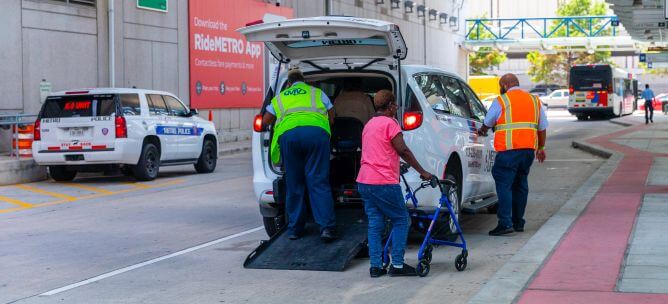
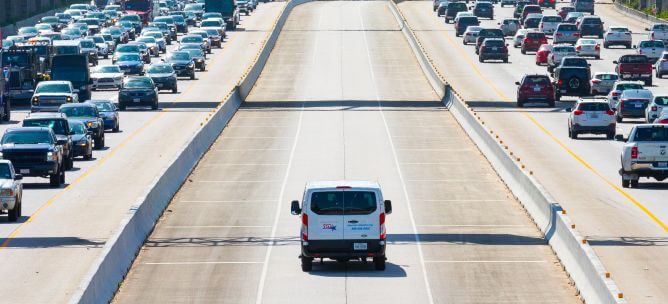
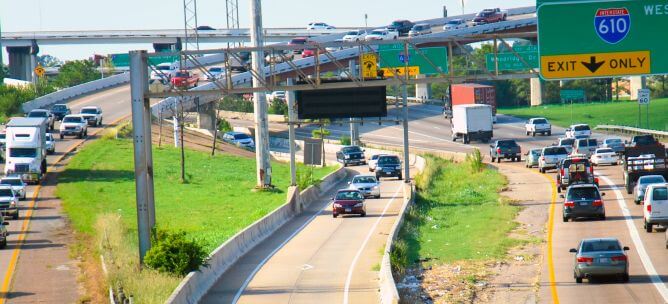

 Google Chrome
Google Chrome
 Safari Mac OS
Safari Mac OS
 Mozilla
Mozilla
 Microsoft Edge
Microsoft Edge